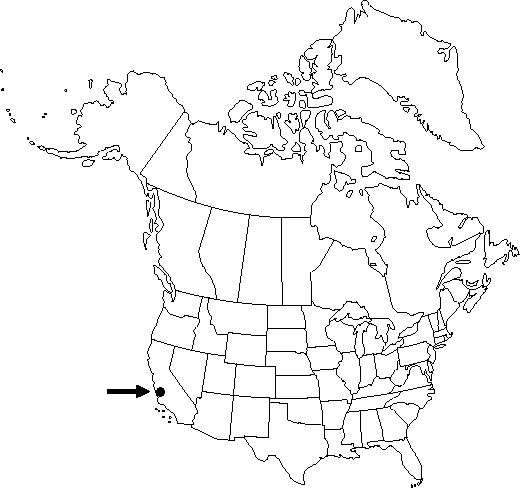familyRanunculaceae
genusDelphinium
subsectionDelphinium subsect. Subscaposa
speciesDelphinium parryi
subspeciesDelphinium parryi subsp. eastwoodiae
Difference between revisions of "Delphinium parryi subsp. eastwoodiae"
Univ. Colorado Stud., Ser. D, Phys. Sci. 2: 182. 1945.
FNA>Volume Importer |
imported>Volume Importer |
||
| (One intermediate revision by the same user not shown) | |||
| Line 55: | Line 55: | ||
|publication year=1945 | |publication year=1945 | ||
|special status=Conservation concern;Endemic | |special status=Conservation concern;Endemic | ||
| − | |source xml=https:// | + | |source xml=https://bitbucket.org/aafc-mbb/fna-data-curation/src/2e0870ddd59836b60bcf96646a41e87ea5a5943a/coarse_grained_fna_xml/V3/V3_935.xml |
|genus=Delphinium | |genus=Delphinium | ||
|section=Delphinium sect. Diedropetala | |section=Delphinium sect. Diedropetala | ||
Latest revision as of 21:52, 5 November 2020
Roots less than 10 cm. Stems 15-40 cm. Leaves mostly on proximal 1/3 of stem; basal leaves usually present at anthesis; blade with ultimate lobes 5-15, width less than 7 mm. Inflorescences: bracteoles 7-10 mm. Flowers: sepals usually reflexed, lateral sepals 11-20 mm, spurs 11-17 mm; lower petal blades 6-9 mm.
Phenology: Flowering spring.
Habitat: Serpentine endemic in grasslands surrounded by coastal chaparral
Elevation: 50-500 m
Discussion
Of conservation concern.
Delphinium parryi subsp. eastwoodiae is usually very local, although in a few localities it is abundant. It is likely to be confused only with D. variegatum; D. parryi subsp. eastwoodiae does not have long hairs as are present on proximal petioles of D. variegatum.
Selected References
None.
Lower Taxa
None.
